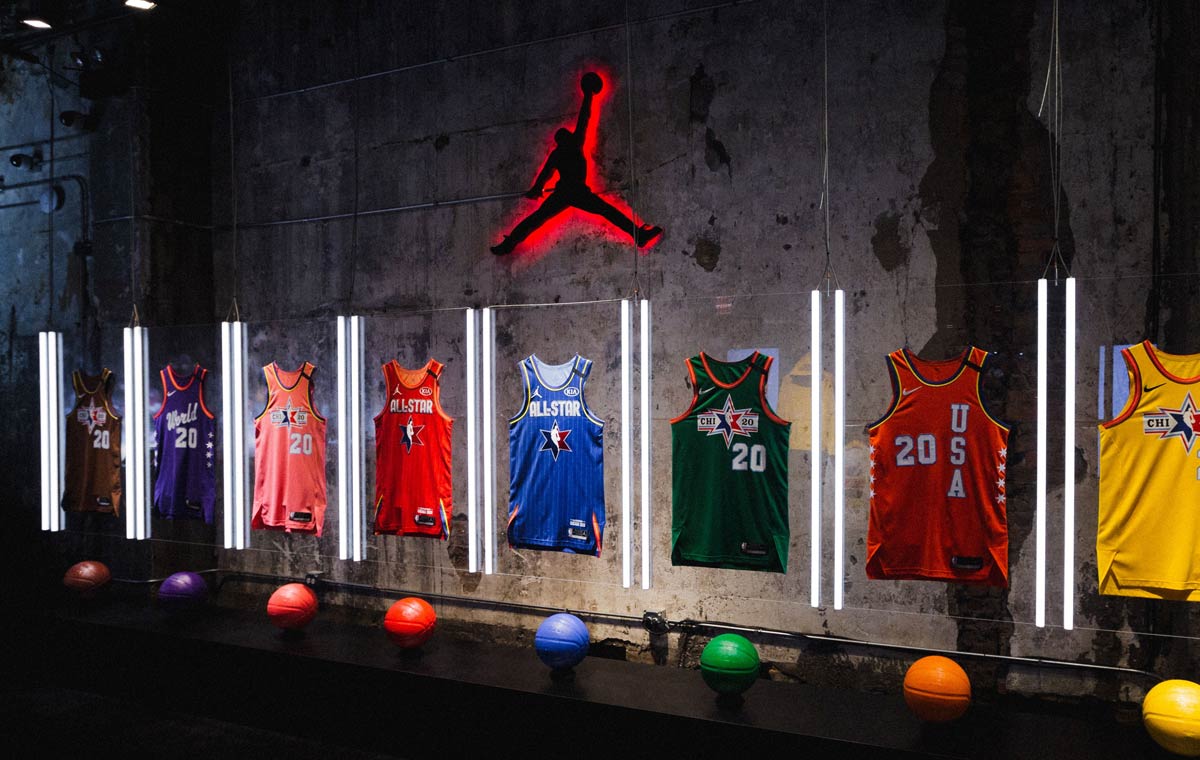In today’s hyper-competitive market, traditional advertising is no longer enough to build a strong brand presence. Consumers don’t just want to see a brand—they want to experience it. This shift in expectations has led to the rise of experiential branding, a strategy that integrates experiential marketing with digital marketing to create immersive, interactive brand experiences that forge deep emotional connections with consumers.
But what exactly is experiential branding, and how does it work? More importantly, why should brands invest in it? This article will explore the power of experiential branding, how it differs from traditional branding, and how Towerhouse Global can help brands create impactful, immersive brand experiences.
1. Defining Experiential Branding
What is Experiential Branding?
Experiential branding is the practice of creating live, interactive experiences that allow consumers to engage with a brand in a meaningful way. It goes beyond just selling a product—it’s about telling a brand’s story through immersive, real-world interactions that leave a lasting impression.
📌Key Components of Experiential Branding:
✔Live brand activations – Pop-ups, interactive events, and hands-on product experiences.
✔Emotional engagement – Experiences that create memorable, feel-good connections.
✔Sensory interaction – Allowing consumers to see, touch, hear, and feel the brand.
✔Seamless integration with digital marketing – Using social media, influencers, and online campaigns to extend the reach of real-world experiences.
📌Example:
- Nike’s House of Innovation – A fully immersive retail store where customers can customize sneakers, test gear in real-world simulations, and engage with the brand through digital and physical interactions.
✔Why It Works:
✅Customers don’t just buy products; they buy brand experiences.
✅Emotional connections build long-term brand loyalty.
✅Engaging multiple senses strengthens brand recall.
How Towerhouse Global Can Help:
We design experiential branding campaigns that create deep, memorable connections with consumers, ensuring brands stand out in a crowded market.
2. How Experiential Branding Differs from Traditional Branding
Traditional Branding vs. Experiential Branding
For decades, brands relied on logos, slogans, and digital marketing strategies to shape consumer perception. However, experiential branding shifts the focus from passive consumption to active engagement.
📌Key Differences:
| Traditional Branding | Experiential Branding |
| Focuses on logos, visuals, and messaging | Focuses on real-world experiences and consumer interactions |
| Relies on ads, commercials, and print media | Uses immersive, interactive events and brand activations |
| Brand perception is shaped through storytelling | Brand perception is shaped through real-life engagement |
| Digital marketing is the primary strategy | Blends digital marketing with live experiences |
📌Example:
- Coca-Cola’s “Share a Coke” Campaign – Instead of just advertising, Coca-Cola created experiential pop-ups where consumers could personalize Coke bottles with their names and share their experience online.
✔Why Experiential Branding is More Effective:
✅Consumers are more likely to remember experiences than ads.
✅Brand engagement leads to stronger emotional connections.
✅Live experiences generate organic word-of-mouth marketing.
How Towerhouse Global Can Help:
We blend traditional branding with experiential marketing, ensuring brands engage audiences both online and offline for maximum impact.
3. The Role of Digital Marketing in Experiential Branding
Why Digital Marketing is Essential for Experiential Branding
While experiential branding focuses on real-world interactions, digital marketing plays a critical role in amplifying reach, engagement, and long-term impact.
📌How Digital Marketing Supports Experiential Branding:
✔Social media promotion – Live experiences are shared across platforms, extending visibility.
✔User-generated content (UGC) – Customers create organic content, increasing brand exposure.
✔Influencer collaborations – Influencers enhance event reach and authenticity.
✔SEO and content marketing – Blog posts and videos drive long-term engagement.
📌Example:
- Red Bull Stratos Jump – A record-breaking skydive event that was live-streamed worldwide, generating millions of social shares and digital conversations.
✔Why This Works:
✅Experiential moments fuel digital content.
✅Live events become viral marketing opportunities.
✅Brands gain long-term SEO benefits from content marketing.
How Towerhouse Global Can Help:
We specialize in blending digital marketing with experiential activations, ensuring brand experiences reach a global audience.
4. Benefits of Experiential Branding
Why Brands are Investing in Experiential Branding
📌1. Stronger Brand Loyalty
✔Consumers who engage with a brand in real life feel a stronger personal connection.
📌2. Higher Social Media Engagement
✔Live events and activations generate social shares, increasing organic reach.
📌3. Increased Conversions & Sales
✔Consumers are more likely to buy after interacting with a product firsthand.
📌4. Competitive Differentiation
✔Brands that create interactive experiences stand out in a crowded market.
📌5. Long-Term Brand Recall
✔People remember experiences far longer than traditional ads.
How Towerhouse Global Can Help:
We develop immersive branding strategies that ensure long-term customer engagement and loyalty.
5. How to Implement an Effective Experiential Branding Campaign
📌Step-by-Step Guide:
✔Step 1: Define Your Brand’s Story – What message do you want consumers to experience?
✔Step 2: Identify the Right Activation Type – Will it be a pop-up shop, interactive event, or AR experience?
✔Step 3: Integrate Digital Marketing – How will social media, influencers, and SEO amplify your reach?
✔Step 4: Encourage Participation – Make the experience interactive and shareable.
✔Step 5: Measure Impact – Track foot traffic, social media impressions, and conversions.
📌Example:
- A beauty brand launching a new skincare line could create an interactive pop-up where customers can test products, receive personalized skincare consultations, and share their experience online.
How Towerhouse Global Can Help:
We handle everything from concept creation to execution, ensuring experiential branding campaigns maximize engagement and impact.
Final Thoughts: Why Experiential Branding is the Future
Consumers today want more than just a brand name—they want an experience. Experiential branding creates immersive, memorable moments that deepen consumer loyalty and brand affinity. By combining experiential marketing with digital marketing, brands can create interactive campaigns that captivate audiences and drive lasting engagement.
✔Brands that invest in experiential branding outperform competitors.
✔Experiential branding fosters real-world emotional connections with consumers.
✔Live brand activations generate organic social media buzz and customer loyalty.
At Towerhouse Global, we specialize in:
✅Live event production & experiential branding activations
✅Cutting-edge AR, AI, and digital integration for brand experiences
✅Strategic campaigns that merge digital marketing with real-world engagement
📩Contact Towerhouse Global today to create a high-impact experiential branding campaign that captivates audiences and drives real results! 🚀





